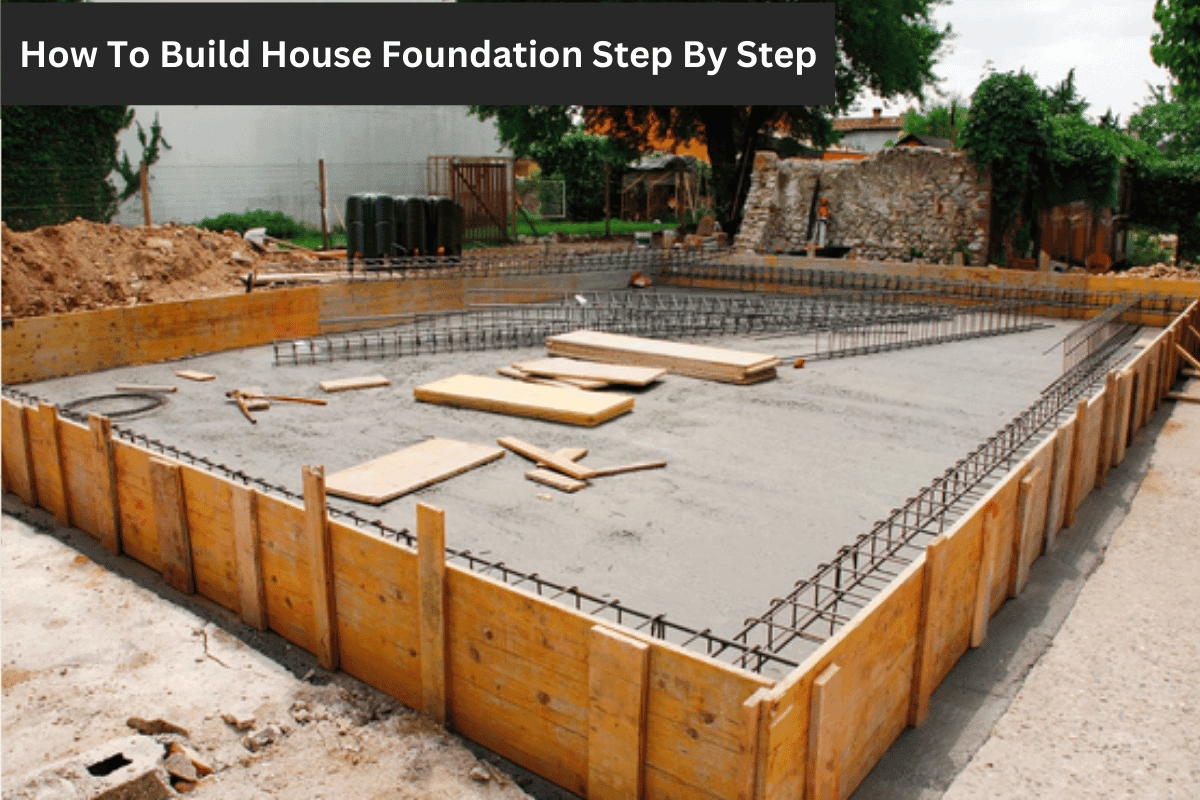Let’s be real: building a house foundation isn’t exactly glamorous. You won’t find us posting #FoundationSelfies on Instagram. But here’s the thing—if you mess this part up, your dream Home could end up looking like the Leaning Tower of Pisa’s less charming cousin. At Golden Bay Foundation Builders, we’ve seen it all—the good, the bad, and the “how did they even pour concrete here?” So grab a coffee (or something stronger), and let’s walk through this step by step.
Step 1: Do Your Homework (Yes, Like High School, But With More Shovels)
Before you even think about breaking ground, you need a game plan. Skimping on prep work is like trying to bake a cake without flour—it’ll crumble. Here’s what you must nail first:
- Soil Testing: Soil isn’t just dirt. It’s the VIP guest at your foundation party. Clay? Sand? Rock? Each behaves differently. We’ve had clients swear their yard was “solid,” only to find out it’s basically a marshmallow farm. Pro tip: Hire a pro for this. (Or call us—we do this daily.)
- Permits & Codes: Local building codes aren’t suggestions. They’re the law. Forget this step, and you’ll be besties with your city’s inspector—and not in a fun way.
- Budgeting: Foundations cost anywhere from 4,000to4,000to25,000+. FYI, surprises will pop up. Add a 10% buffer unless you enjoy stress-crying in Home Depot’s lumber aisle.
Step 2: Pick Your Foundation Type (No, Not “Whatever’s Cheapest”)
Foundations come in flavors, like ice cream—but way less tasty. Here’s the scoop:
Slab-on-Grade:
- Best for: Warm climates (no freezing temps), tight budgets.
- Downsides: Plumbing repairs mean jackhammering your floor. Fun!
:
- Best for: Sloped lots, easy access to utilities.
- Downsides: Moisture issues if not vented properly. Ask us about the time we found a family of raccoons living in one.
Basement
:
- Best for: Cold climates, extra storage (or that secret man-cave you’ve been plotting).
- Downsides: Costs more, takes longer. But hey, bragging rights!
Foundation Types at a Glance
| Type | Cost Range | Ideal Climate | Pros & Cons |
|---|---|---|---|
| Slab-on-Grade | 4k–4k–12k | Warm | Affordable, quick / No storage |
| Crawl Space | 8k–8k–21k | Moderate | Accessible / Moisture risks |
| Basement | 18k–18k–30k+ | Cold | Extra space / Pricier, complex |
Still unsure? We’ve got a whole guide on choosing the right foundation type for your project.
Step 3: Clear & Level the Site (AKA: The “Why Is There a Boulder Here?” Phase)
Time to play archaeologist. Clear the land of debris, trees, and that weird garden gnome collection nobody claimed. Then:
- Mark the Layout: Use stakes and string to outline your foundation. Double-check measurements—this isn’t IKEA furniture.
- Excavate: Rent a mini excavator or grab a shovel (if you’re feeling masochistic). Depth depends on frost lines and foundation type. In colder areas, dig deeper than the frost line to avoid heaving.
- Level Like a Boss: Uneven ground = foundation cracks. Use a laser level for precision.
Step 4: Build the Footings (The Unsung Heroes)
Footings are the Beyoncé of your foundation—quietly doing the heavy lifting. Here’s how to get them right:
- Trench Digging: Dig trenches along your layout lines. Width depends on load-bearing needs (check local codes).
- Rebar Installation: Add steel rebar for strength. Skip this, and your foundation might audition for a role in Split.
- Pour Concrete: Mix, pour, and level. Let it cure for at least 48 hours. Patience, grasshopper.
Step 5: Construct the Foundation Walls (Channel Your Inner Bob the Builder)
Now for the walls. Materials matter:
- Concrete Blocks: Affordable but labor-intensive.
- Poured Concrete: Stronger, faster, but pricier. Our team at Golden Bay swears by this for durability.
- Insulated Concrete Forms (ICFs): Energy-efficient but costs more upfront.
Pro tip: Waterproof the exterior walls. Trust us—nobody wants a basement that doubles as a swimming pool.
Step 6: Install Drainage & Waterproofing (Because Moisture is the Enemy)
A soggy foundation is a sad foundation. Here’s your defense plan:
- French Drains: Redirect water away from the base.
- Vapor Barriers: Plastic sheeting under slabs or against walls.
- Grading: Slope the soil away from the foundation.
We’ve seen too many DIYers skip this step. Don’t be that person.
Step 7: Inspect, Inspect, Inspect (Seriously, Do It)
Get a third-party inspector to review your work. They’ll catch issues you missed (like that slightly crooked wall you’ve been gaslighting yourself about).
FAQ: Your Foundation Questions, Answered
How long does a foundation take to build?
Slabs take 1–2 weeks; basements can take 4–8 weeks. Delays happen—weather, inspections, that one missing permit.
Can I build a foundation myself?
Sure, if you’ve got skills, time, and a therapist on speed dial. Most folks hire pros (like us wink).
What’s the biggest foundation mistake?
Cutting corners on soil testing. Fixing a failed foundation costs way more than doing it right the first time.
Final Thoughts: Don’t Wing It—Call the Pros
Look, we get it. DIY projects are satisfying. But foundations? They’re the backbone of your home. One misstep, and you’re stuck with cracks, leaks, or worse. At Golden Bay Foundation Builders, we’ve been perfecting this craft for 15 years. Whether you need a hand with soil testing or a full basement build, we’ve got your back.
And hey—if you do attempt this solo? Send pics. We’ll either cheer you on or gently suggest a professional intervention.
Need more tips?
Check out our guides on common foundation mistakes and how to maintain your foundation.


